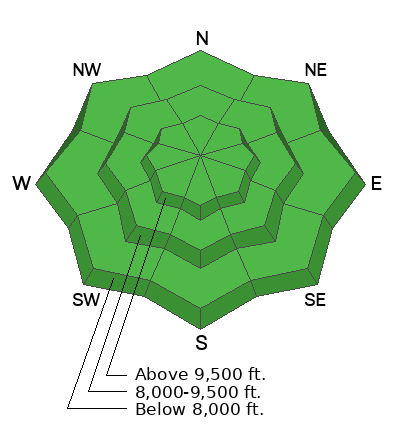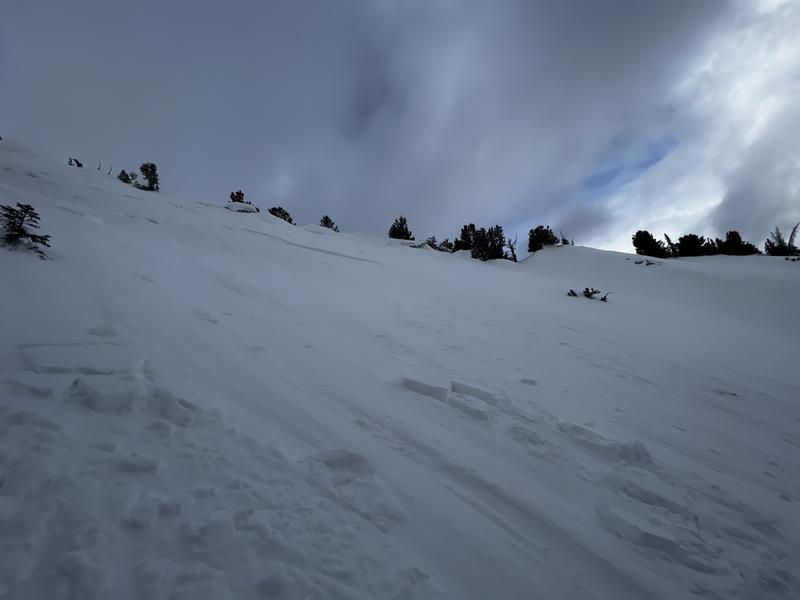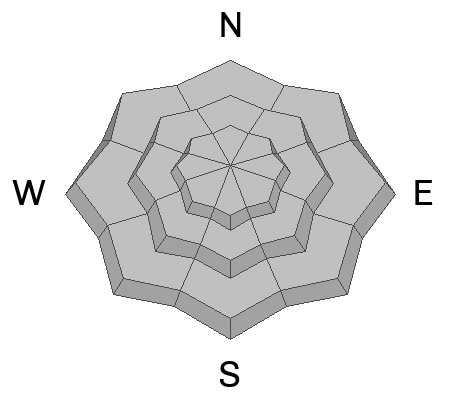Forecast for the Provo Area Mountains

Issued by Nikki Champion on
Thursday morning, December 21, 2023
Thursday morning, December 21, 2023
Overall, the avalanche danger is generally LOW, and normal caution exists. You may encounter isolated pockets of fresh wind-drifted snow in exposed terrain at the mid and upper elevations. Wet-loose avalanches should remain on your radar in damp or punchy, unsupportable areas that received rain yesterday and another poor overnight refreeze.
Continue to maintain safe travel habits; this means exposing one person at a time to avalanche terrain, having someone watch them from a safe location, and not traveling above or below other parties.

Low
Moderate
Considerable
High
Extreme
Learn how to read the forecast here








